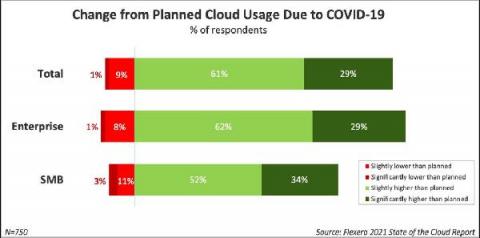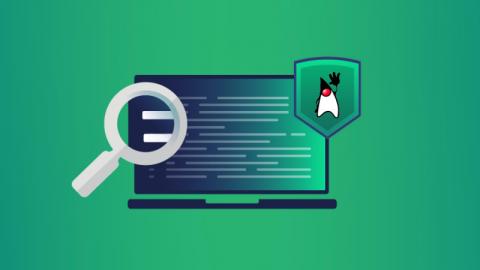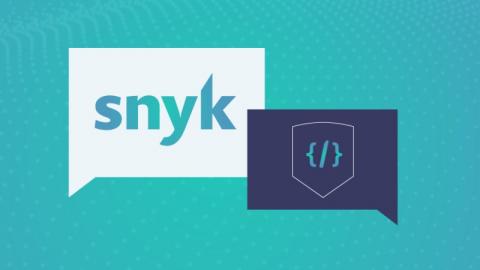Azure security 101: Security essentials, logs, authentication, and more
“Where necessity speaks, it demands”. This old saying seems particularly apt right now with the pandemic forcing organizations to completely change the way they think about their IT networks. That rapid shift to remote work has resulted in a massive demand for cloud-based services.











